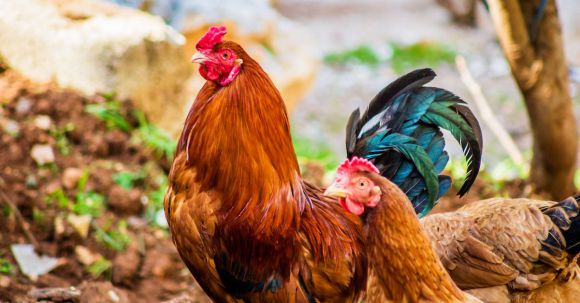Animals are fascinating creatures that inhabit our planet. From the smallest insects to the largest mammals, they all have unique characteristics that allow them to thrive in their natural habitats. While we may observe them from a distance, there are still many secrets that remain hidden. In this article, we will delve into the world of animals and uncover some of the mysteries that surround them.
Adaptations for Survival
One of the most remarkable aspects of animals is their ability to adapt to their surroundings. Each species has developed specific characteristics that enable them to survive in their respective habitats. Take the camel, for example. Its hump stores fat, which provides a source of energy and water during long periods without food and water in the desert. Similarly, the polar bear has a thick layer of blubber that insulates it from the freezing temperatures of the Arctic.
Communication and Social Structures
Animals also have their own ways of communicating with one another. Some species, such as dolphins and whales, use complex vocalizations to communicate over long distances underwater. Others, like bees, use intricate dances to convey the location of food sources to their hive mates. Social structures also play a crucial role in animal communities. Wolves, for instance, live in packs led by an alpha pair. This hierarchy ensures the survival and well-being of the group as a whole.
Hunting and Predation
The animal kingdom is a constant battle for survival, and hunting is a fundamental aspect of this struggle. Predators have evolved various strategies to capture their prey. Cheetahs, for instance, are the fastest land animals, capable of reaching speeds of up to 60 miles per hour in short bursts, allowing them to chase down their prey. On the other hand, some animals have developed unique defense mechanisms to avoid becoming dinner. The porcupine, for example, has quills that can be raised when threatened, making it a less desirable target for predators.
Reproduction and Parental Care
The perpetuation of a species is essential for its survival, and animals have developed fascinating reproductive strategies. Some animals, like birds, engage in elaborate courtship rituals to attract a mate. Male peacocks, with their colorful and extravagant tail feathers, perform elaborate displays to impress females. Parental care is also prevalent in the animal kingdom. Female elephants, for instance, demonstrate remarkable maternal instincts, taking care of their young for several years, teaching them essential skills for survival.
Migration and Navigation
The ability of animals to navigate vast distances is nothing short of extraordinary. Many species undertake long migratory journeys to find food, mate, or seek more favorable climates. The Arctic tern, for example, travels an astonishing 44,000 miles each year, from the Arctic to the Antarctic and back again. How animals navigate such vast distances is still a mystery, but it is believed that they use a combination of celestial cues, landmarks, and magnetic fields.
The Fragile Balance of Ecosystems
Animals play a vital role in maintaining the delicate balance of ecosystems. Each species has its own niche, and the removal of one can have far-reaching consequences. Bees, for instance, are crucial pollinators, responsible for pollinating a significant portion of the world’s crops. Without them, our food production would suffer greatly. Protecting animal habitats and preserving biodiversity is not only essential for the survival of these creatures but also for the health of our planet.
In conclusion, animals are an integral part of our world, each with its own unique set of characteristics and adaptations. By unraveling the secrets of animals in their natural habitat, we gain a deeper understanding of the intricate web of life that surrounds us. From their remarkable adaptations for survival to their complex social structures and reproductive strategies, animals continue to captivate and inspire us. It is our responsibility to protect and preserve their habitats, ensuring that future generations can also appreciate the wonders of the animal kingdom.



